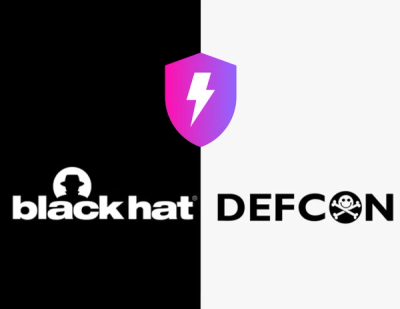
Security News
Meet Socket at Black Hat and DEF CON 2025 in Las Vegas
Meet Socket at Black Hat & DEF CON 2025 for 1:1s, insider security talks at Allegiant Stadium, and a private dinner with top minds in software supply chain security.
@britishcouncil/gitflow
Advanced tools
A collection of Git extensions to provide high-level repository operations for Vincent Driessen's branching model
A collection of Git extensions to provide high-level repository operations for Vincent Driessen's branching model. This fork adds functionality not added to the original branch and includes support for Bitbucket.
For the best introduction to get started with git flow, please read Jeff
Kreeftmeijer's blog post:
http://jeffkreeftmeijer.com/2010/why-arent-you-using-git-flow/
Or have a look at one of these screen casts:
A quick cheatsheet was made by Daniel Kummer:
http://danielkummer.github.io/git-flow-cheatsheet/
Just install @britishcouncil/gitflow package globally via npm:
npm install -g @britishcouncil/gitflow
See the Wiki for more Installation Instructions.
For those who use the Bash or ZSH shell, you can use Peter van der Does' fork of git-flow-completion which includes several additions for git-flow (AVH Edition), or you can use the original git-flow-completion project by bobthecow. Both offer tab-completion for git-flow subcommands and branch names with Peter's fork including tab-completion for the commands not found in the original git-flow.
To initialize a new repo with the basic branch structure, use:
git flow init [-d]
This will then interactively prompt you with some questions on which branches you would like to use as development and production branches, and how you would like your prefixes be named. You may simply press Return on any of those questions to accept the (sane) default suggestions.
The -d flag will accept all defaults.

git flow feature
git flow feature start <name> [<base>]
git flow feature finish <name>
git flow feature delete <name>
For feature branches, the <base> arg must be a branch, when omitted it defaults to the develop branch.
git flow feature publish <name>
git flow feature track <name>
git flow release
git flow release start <release> [<base>]
git flow release finish <release>
git flow release delete <release>
For release branches, the <base> arg must be a branch, when omitted it defaults to the develop branch.
git flow hotfix
git flow hotfix start <release> [<base>]
git flow hotfix finish <release>
git flow hotfix delete <release>
For hotfix branches, the <base> arg must be a branch, when omitted it defaults to the production branch.
git flow support
git flow support start <release> <base>
For support branches, the <base> arg must be a branch, when omitted it defaults to the production branch.
You can easily publish a feature you are working on. The reason can be to allow other programmers to work on it or to access it from another machine. The publish/track feature of gitflow simplify the creation of a remote branch and its tracking.
When you want to publish a feature just use:
git flow feature publish <name>
or, if you already are into the feature/<name> branch, just issue:
git flow feature publish
Now if you execute git branch -avv you will see that your branch feature/<name> tracks [origin/feature/<name>]. To track the same remote branch in another clone of the same repository use:
git flow feature track <name>
This will create a local feature feature/<name> that tracks the same remote branch as the original one, that is origin/feature/<name>.
When one developer (depending on your work flow) finishes working on the feature he or she can issue git flow feature finish <name> and this will automatically delete the remote branch. All other developers shall then run:
git flow feature delete <name>
to get rid of the local feature that tracks a remote branch that no more exist.
For a wide variety of commands hooks or filters can be called before and after the command. The files should be placed in .git/hooks In the directory hooks you can find examples of all the hooks available.
FAQs
A collection of Git extensions to provide high-level repository operations for Vincent Driessen's branching model
We found that @britishcouncil/gitflow demonstrated a not healthy version release cadence and project activity because the last version was released a year ago. It has 3 open source maintainers collaborating on the project.
Did you know?

Socket for GitHub automatically highlights issues in each pull request and monitors the health of all your open source dependencies. Discover the contents of your packages and block harmful activity before you install or update your dependencies.

Security News
Meet Socket at Black Hat & DEF CON 2025 for 1:1s, insider security talks at Allegiant Stadium, and a private dinner with top minds in software supply chain security.

Security News
CAI is a new open source AI framework that automates penetration testing tasks like scanning and exploitation up to 3,600× faster than humans.

Security News
Deno 2.4 brings back bundling, improves dependency updates and telemetry, and makes the runtime more practical for real-world JavaScript projects.